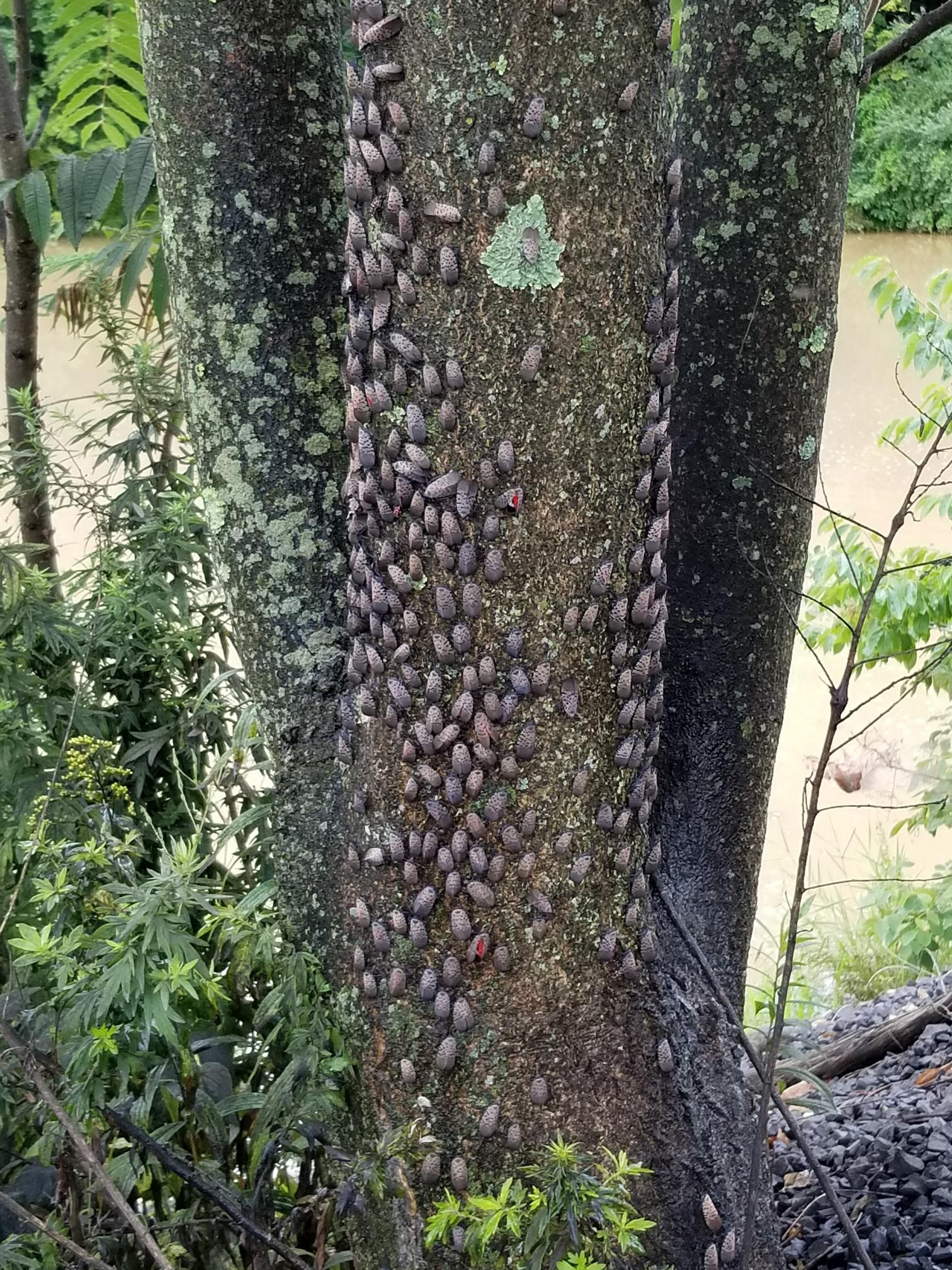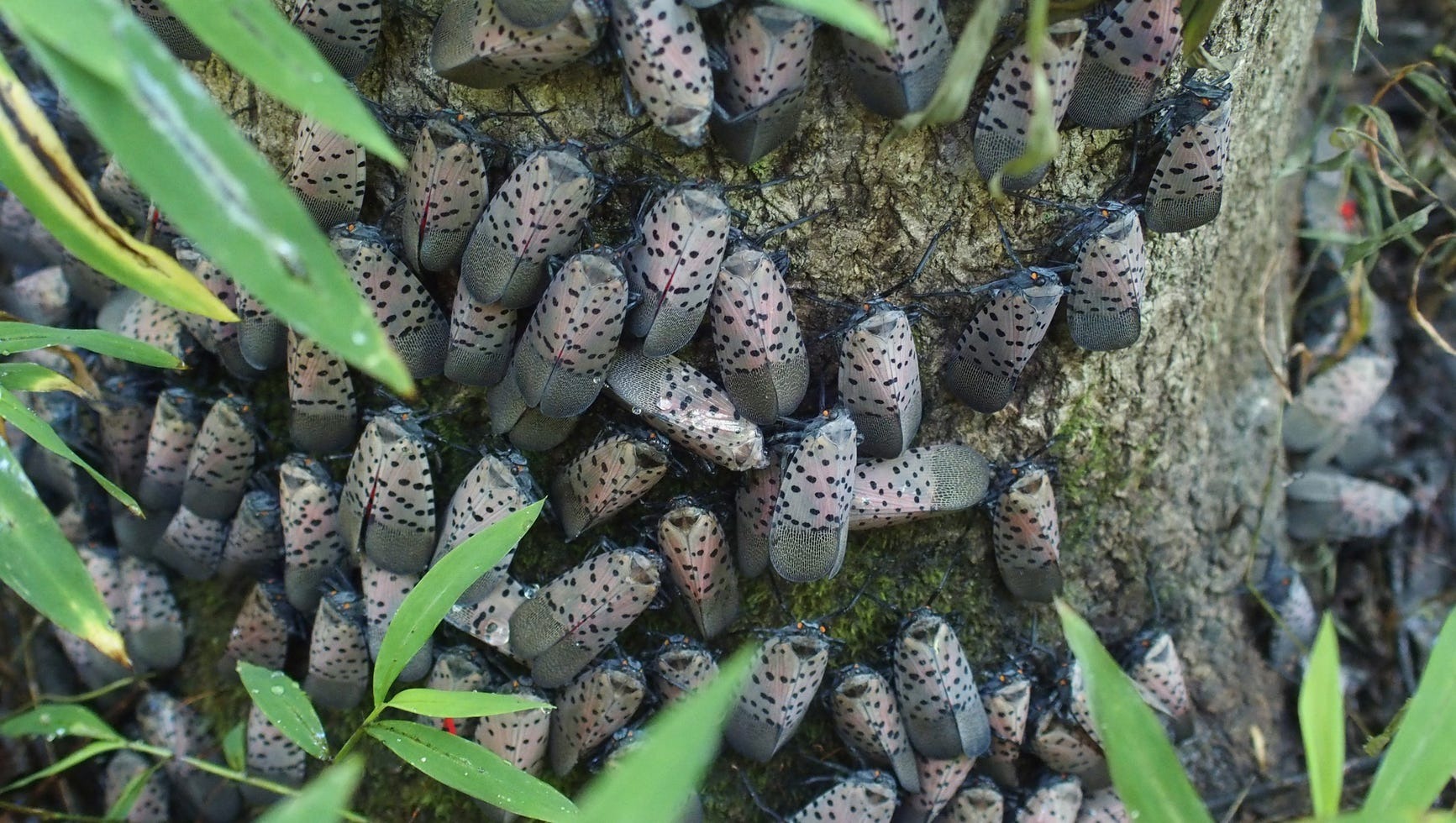The sight of a single insect may seem trivial, but when that insect is the spotted lanternfly (Lycorma delicatula), it’s a red flag that demands immediate attention. This invasive species has swiftly become a serious threat to agriculture, forests, and ecosystems throughout the United States. First detected in Pennsylvania in 2014, the spotted lanternfly has since spread across multiple states, inflicting millions in economic damage and overwhelming native species.
In this article, we’ll break down what you need to know about the spotted lanternfly: how to identify it, why it’s so destructive, and most importantly—what to do the moment you spot one in your home or yard.
What Is the Spotted Lanternfly?

Origin and Background
Native to parts of Asia, including China, Vietnam, and India, the spotted lanternfly made its way to the U.S. via imported goods. Although it may appear colorful and harmless, this insect is now classified as a highly invasive pest by environmental authorities.
Scientific Classification
-
Species: Lycorma delicatula
-
Family: Fulgoridae
-
Common Name: Spotted Lanternfly
Why Is the Spotted Lanternfly So Dangerous?

A Threat to Agriculture and Ecosystems
This insect feeds on over 70 species of trees and plants, including grapes, apples, hops, and hardwoods. Its feeding process involves piercing plant stems and draining sap, which weakens the host and inhibits growth. Even more problematic is the sticky honeydew it excretes, which encourages the growth of sooty mold—a black fungus that smothers leaves and blocks sunlight.
Economic Consequences
Farmers, vineyard owners, and foresters are already seeing the financial toll:
-
Reduced crop yields
-
Increased plant disease susceptibility
-
Higher management and pesticide costs
In some areas, the lanternfly has been linked to millions in lost agricultural revenue.
How to Identify the Spotted Lanternfly

Recognizing this pest early is critical to containing its spread. Here’s how to spot it at each stage:
1. Eggs
-
Appear as mud-like patches or grayish streaks
-
Found on outdoor surfaces: tree trunks, rocks, vehicles, firewood
-
Present during fall and winter months
2. Nymphs (Early Stage)
-
Small, wingless insects
-
Black bodies with bright white spots
-
Appear in spring and early summer
3. Nymphs (Late Stage)
-
Develop red markings along with white spots
-
Begin preparing to molt into adult form
4. Adults
-
Roughly 1 inch long and wide
-
Grayish wings with black spots
-
Underwings are vivid red, visible during flight
-
Appear mid-summer through fall
Where Are Spotted Lanternflies Found?

As of 2025, these insects have been detected in:
-
Pennsylvania
-
New Jersey
-
Delaware
-
Virginia
-
Ohio
-
New York
-
Connecticut
-
Indiana
-
Massachusetts
They tend to cluster around urban parks, farms, and residential areas with abundant trees. However, they’re also known to hitchhike—traveling long distances on vehicles, furniture, and firewood.
What Happens If You Don’t Act?

Ignoring even a single spotted lanternfly sighting can have far-reaching consequences:
-
Rapid Reproduction: Females lay 30–50 eggs in each mass, multiplying quickly.
-
Massive Plant Damage: Trees and crops decline steadily, and infestations can wipe out entire orchards or vineyards.
-
Environmental Disruption: Native species lose food sources and habitat, affecting biodiversity.
-
Fungus Spread: Sooty mold from lanternfly honeydew causes long-term foliage damage and limits plant photosynthesis.
What To Do If You Spot a Spotted Lanternfly
1. Kill It Immediately
The USDA and state agriculture departments encourage physical removal. This includes:
-
Stomping the insect
-
Using fly swatters or traps
-
Vacuuming them off surfaces
They do not bite or sting, so manual removal is safe with gloves.
2. Destroy Egg Masses
During fall and winter, inspect outdoor objects for egg masses. If you find them:
-
Scrape eggs into a sealed plastic bag
-
Add rubbing alcohol or hand sanitizer
-
Dispose of the bag in household trash
3. Report the Sighting
Most state agriculture departments have hotlines or online portals. Reporting helps experts:
-
Track population spread
-
Focus extermination efforts
-
Issue local alerts and advisories
Visit https://www.aphis.usda.gov or your state’s department of agriculture website to report sightings.
How to Prevent the Spread

Don’t Move Firewood
One of the main ways lanternflies travel is through egg masses hidden on firewood. Only use local firewood and inspect before transportation.
Check Your Car and Outdoor Items
Before traveling between counties or states, inspect:
-
Vehicle tires and wheel wells
-
Lawn furniture
-
Camping gear
-
Grills or outdoor equipment
Educate Others
If you live in an affected region, spread awareness among neighbors, coworkers, and social groups. A single unnoticed egg mass can lead to a widespread infestation.
Long-Term Control Efforts
While individual action is vital, scientists and agriculture experts are also working on broader solutions:
Biological Controls
Research is ongoing into natural predators and biological agents that could control lanternfly populations without harming native wildlife.
Pesticides and Traps
Chemical solutions are used by professionals, particularly in vineyards and orchards. Sticky bands on trees also help trap nymphs and adults during active months.
Statewide Quarantines
Several states have implemented quarantine zones where movement of goods, plants, and vehicles is restricted unless inspected.
Conclusion: Immediate Action Is Critical
The spotted lanternfly is not just an ugly bug—it’s a serious threat to ecosystems, agriculture, and local economies. Whether you’re a homeowner, a gardener, or a farmer, your role is crucial. Early detection and swift action can mean the difference between a contained outbreak and a full-blown environmental disaster.
If you spot this insect, act immediately: kill it, report it, and check your surroundings.
Together, through individual and community action, we can limit the spread of this invasive pest and protect the plants, crops, and ecosystems we all depend on.
